Blockchain Mapping, Cities and Psychogeography
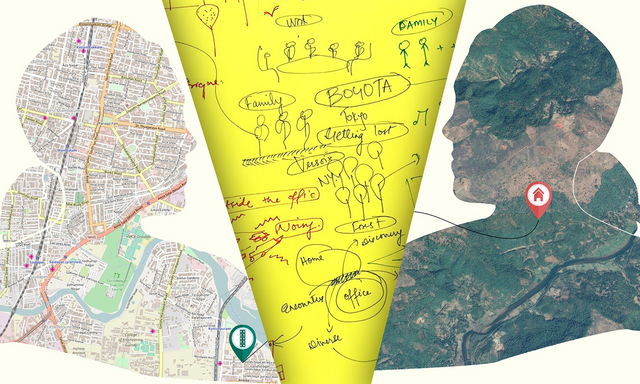
Hello, I'm @manouche!
I'm an urbanist - someone who studies cities, its fabric and how people inhabit it. A city dweller myself, I've always been in love with the urban context. As a young girl, I loved zipping off on my bike to 'discover my neighbourhood'. I would weave in and out of streets, find shortcuts, mark my favourite trees and name my favourite buildings. This is still how I navigate the spaces around me. I'm excited every time I visit a new place - there's new streets, new trees and new stories to discover.
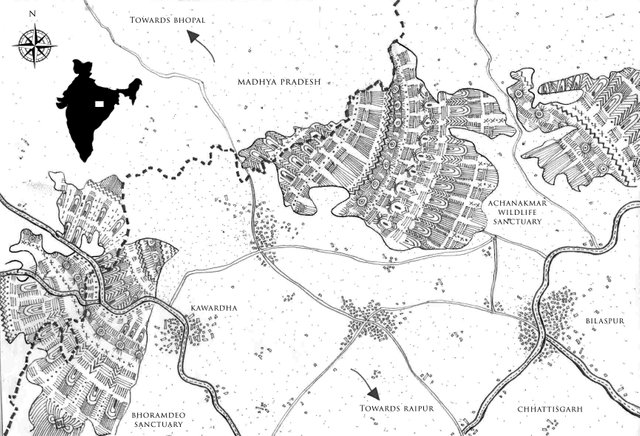
My background in architecture and urban planning has helped me express myself as an urbanist. The way I do this is through maps. When I was younger, I would draw maps for everything - to explain routes, to explain which aisle to find the best snacks in a supermarket, and to figure out stage positions for best dramatic effect in school plays. Now, I collect maps wherever I go. My first stop at a new place is the tourist office where I pick up two maps - one to use during my stay and another for my wall.
Mapping and Psychogeography
I didn't realise it at the time but I've been fascinated by psychogeography for longer than I've known the term. When working at urbz, an urban action research collective based in Mumbai, I worked on a research project which explored the concept of circulatory urbanism. In the process, I discovered Guy Debord, Situationist International and psychogeography. Psychogeography is exploring urban environments by simply losing yourself in them. It combines the romance of a flâneur with discovering parts of your surrounding that you normally wouldn't go to. We live in a world where distances are diminishing and our footprints leave trails that cross with many others’. The term ‘the world is a small place’ has never rung truer. Psychogeographic maps help us visualise processes that we can’t usually see – something very reflective of the way urban environmenets work.

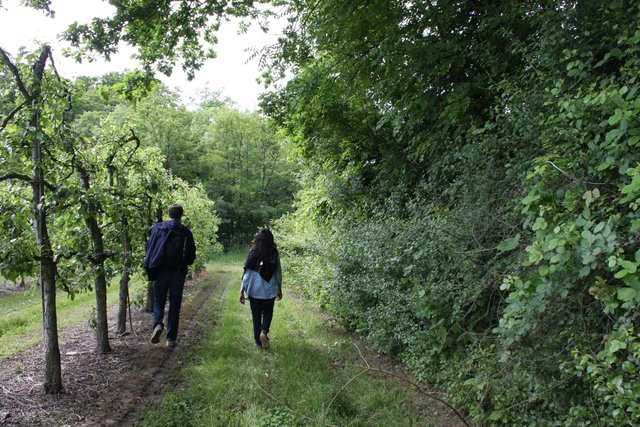
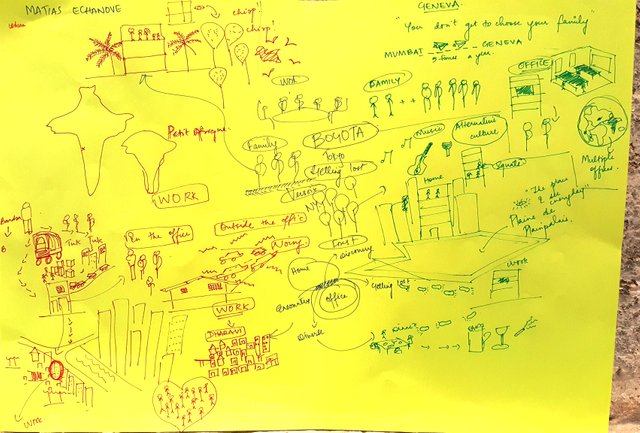
Mapping in the Age of the Internet
The internet has changed maps and the way we look at them. It's impossible to be truly lost in a city. The internet changed how we interact with the city and how we view them. Maps are no longer just physical representations of space divided by boundaries. Maps are now pins of your favourite locations that you could share with friends. Maps are rating of the best restaurants in a neighbourhood. Maps are the proximity between you and your next 'swipe right'. I now associate more with the verb mapping - a process as opposed to maps - a product.
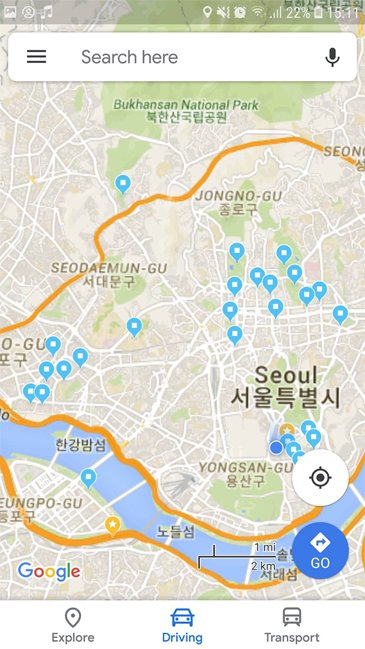
I grew up in the age of the internet and watched cities transform because of it. I watched the sharing economy rise and adopted airbnb and uber as verbs to use in my everyday life. I can explore cities I've never been to by reading a vast amount of literature that's available at my fingertips. I'm a part of the era when research is not limited to poring over books in a library but rather delving into the deep dark corners of the interwebz. It's interesting to be an urbanist in this age because we are at the cusp of change, of something new.
Mapping in the age of the Blockchain(?)
This brings me to the blockchain. The blockchain is the second wave of the internet. The internet drastically affected commerce, production, transactions and information exchange. It has entirely redefined the way we work. When this happens, changes to the physical form of the city will follow. The same is true of the blockchain.
The effect of blockchain on cities involves more questions than answers and that puts me in an interesting place to be as an urbanist. I joined steemit initially because @soulturtle was raving about it at this year's New Year's Party. It was a way for me to dip my feet into the pond and discover for myself what the hulabaloo was about. To me, the platform has been an encouragement to publish my artwork – something I would never do otherwise. I’ve created content I would otherwise not create and engaged with an intriguing audience that motivates you to go on. I felt immediately that the platform had something about it that would change the way we work. Case in point is the numerous people here who have left their day jobs to redefine work and embrace living as digital nomads.
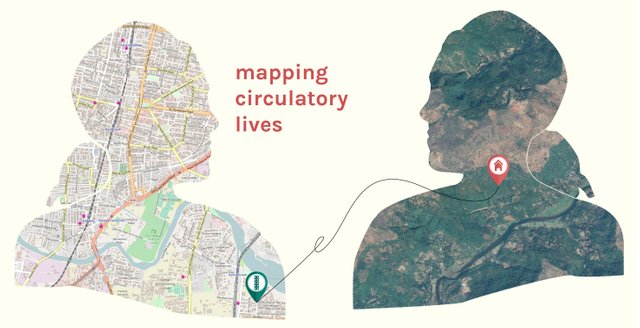
@sndbox is one of the incubators that is redefining the way we interact and collaborate with one another. I applied to be a part of Cohort 2 because I wanted a little direction and focus to my experiments on the blockchain. Over the next months I want to actively explore the different ways that the blockchain will impact cities. I want to do it through my medium of expression – maps. What does mapping on the blockchain look like? I’d like to do this through interactive experiments, collaborations, articles and of course, artwork. The #feedbackchain post was a first step towards this. The project is still taking form but more than anything else, it’s the process itself that I see as the end product.
An installation of the Mumbai Return exhibition that I worked on as a part of the urbz team - the installation invited visitors to mark their hometowns on the India map and connect them to their homes in Bombay. What emerges is a fabric that gives a physicality to something like migration that is usually unseen
It’s this process that I have to offer the Steem community. As with any urban process, it requires participation, feedback, engagement and input from many different disciplines. I’m looking forward to sharing my experience in participatory planning but also engaging with the community here to visualise what urbanisting on the blockchain looks like.
This post was authored by @manouche, a member of the sndbox incubator. Learn more, follow @manouche or begin a conversation in the comment section below.

Posted from my blog with SteemPress : https://sndbox.blog/blockchain-mapping-cities-and-psychogeography/
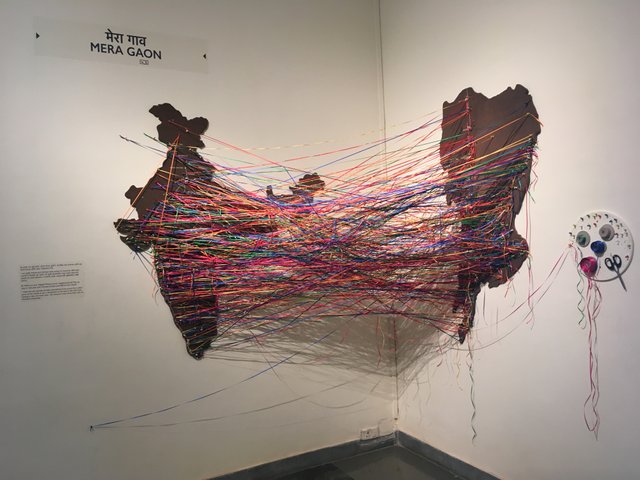
Hi @manouche really interesting post, thank you @sndbox for sharing it. The picture of the installation above is really powerful - people move a lot!
Thanks @critday!
Yeah, that installation is one of my favourites. Had incredible fun making it!
Maps are a wonderful tool. As an underwater archaeologist, I have studied maps for a long time and love how they have changed over time and how the information presented has also changed. It is amazing to think what was used during the age of exploration to what is possible now all they way through what you are discussing. Well done.
Oh, wow @liquidtravel. You just flipped my thinking with the term 'underwater archaelogy'. So much of mapping and cartography depends on boundaries and borders. I imagine that underwater topography is just one vast expanse. I'm definitely looking in to this!
It'll be very interesting to follow this project... Je te souhaite le meilleur @manouche
Je dois te remercier pour lire tout ce que j'écris avec ardeur. Merci pour le soutien dès le début!
Toujours interessant de suivre ton travail...
Very interesting. I've never heard the term psychogeoraphy before. It's an interesting concept. I should get lost more often.
Your project on how blockchains impact cities sounds very interesting as well. I look forward to hearing more about it.
I like the original artwork. Nice post!
I was very taken by psychogeography when I first started reading about it. But it's true that we have to now make an effort to get lost for the experience of it.
The cover image is mashed up by @sndbox! Thanks, @leaky20!
Hi @manouche, I started to follow your articles. It has became almost impossible to speculate one's trajectory yet almost not impossible to completely track where people are going or coming from. We are indeed living in an interesting era with where we communicate and make transactions via blockchain based web of network.
Hi @mintvilla,
Yes, it's super interesting because distances are becoming smaller and the way we stay connected is also changing. I'm excited to see how much closer the blockchain is going to bring us together.
Great post :3 Got me thinking about the ways I conceptualize steem and my "neighbours' here.
Right? Which was a great starting point for sndbox's last weekly challenge! I just haven't gotten around to it.
Interesting presentation. Maps have come to guide us in every area. As an educator, my students prefer the use of mind maps for everything. It strikes me that living in an age when there is more knowledge of space in cities, many are growing in a disorderly manner. It will have to do with the chaos of some societies... Likewise, I note with concern the blurring that is occurring between public and private spaces. I'm taking a lot of information and a lot of concerns with this post. Greetings!
Maps have become more than just a wayfinding tool which is what is amazing. The essence of a map is still to navigate but it's navigating feelings, the best clubs or recognising where your next bike is. Maps are a great tool for expression!
So interesting. Never read before about Situationist International and everything. It is good to know more from where our thought comes.
And to imagine that there is no way I would have read about this or that we would be exchanging a message about it without the internet :)
Jajajaja Right. And you say it is a situationist stuff?
@manouche hello! I don't know if you've heard of my thesis already, but I'd actually get help from you regarding city planning and zoning maps that interchange between North and South Korea.
Thank you for your time!
Hi @twotoedsloth! I've been meaning to write you a message for ages myself! I read your thesis posts and it sounds just amazing. I'd love to help any way I can :) Hit me up.
So initiative and informative content.
Keep it up boss.
Always with you